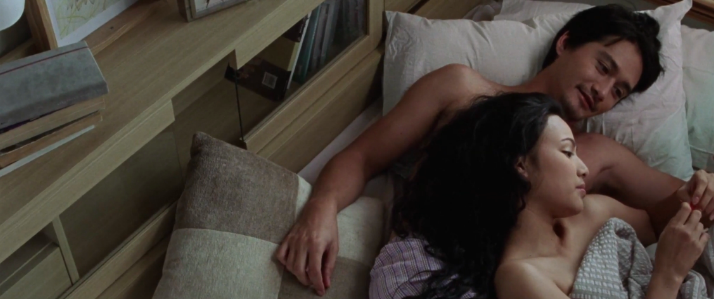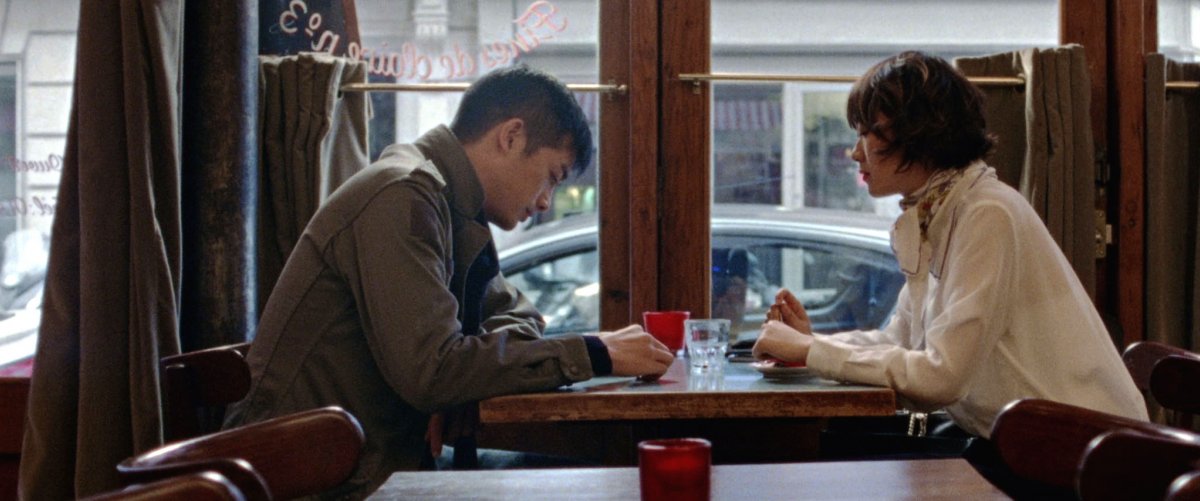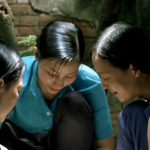Director: Rooth Tang
Director Rooth Tang beautifully and heartbreakingly exposes the struggles of love, family, and immigration in his 2014 feature Sway. Set in Paris, Bangkok, and Los Angeles, the film’s three alternating love stories are separated by entire continents, but their commonality is based on each character’s restlessness and ache for a home. If home is truly where the heart is, Tang paints a hauntingly poetic picture of what happens when one’s heart is torn between a place, nostalgia, and a loved one.
The film begins with a fatigued man’s arrival at a Parisian airport; he calls his friends and family to inform them that he will be staying in the metropolis until his Visa expires, after which he will journey to another location. This first scene sets the mood for Sway, foreshadowing the notion that in a time in which travel is easier than it once was, the “expiration” of love and relationships may always be near. During his term in Paris, the man dates an ex-actress who left Shanghai to escape a life of fame, but he suggests they continue traveling together as his Visa nears expiration. The couple, having found stability in their relationship, must reflect upon their individual wants and decide whether location is more important than love.

The vignette set in Los Angeles is especially interesting knowing that Tang himself was born in Bangkok but raised in the California city. An American woman learns to cope with the emotional ups and downs of her marriage to a Japanese widower, whose daughter still struggles with the memories her mother. In an interesting narrative reversal, this particular story illustrates the difficulties of a U.S. native struggling to belong in an immigrant family. Finally, the third story follows a couple living in Bangkok in what seems to be an alternation between flashbacks and present time. This narrative can be hard to follow since its own fuzzy chronology also alternates with the other two stories, but its emotional quality is still compelling. A married woman who seems to never have left Thailand must decide whether to leave her country for her husband, a traveling businessman, a decision left ambiguous at the close of the film.
All three stories encourage viewers to reflect upon the truth that no matter the depth of love, a couple is always composed of two separate individuals. Furthermore, Tang’s camerawork exposes the interiority of his characters – even more so than their dialogues – by lingering on individuals as they look out of train, apartment, and car windows. These shots are interspersed throughout the film as his characters question the importance of love and geographic location in their present, past, and future. Sway’s music is unvaried, it seems as though the same one or two tracks play throughout the entire film, but its emotive nature fits perfectly with the film’s sense of nostalgia and melancholy. While the stories offer no real sense of closure, Sway’s beauty lies in its lingering gazes and its relatable contemplation of where we choose to keep our hearts, especially in a time in which “home” is no longer a fixed place.
Watch Sway on FilmDoo.com.








